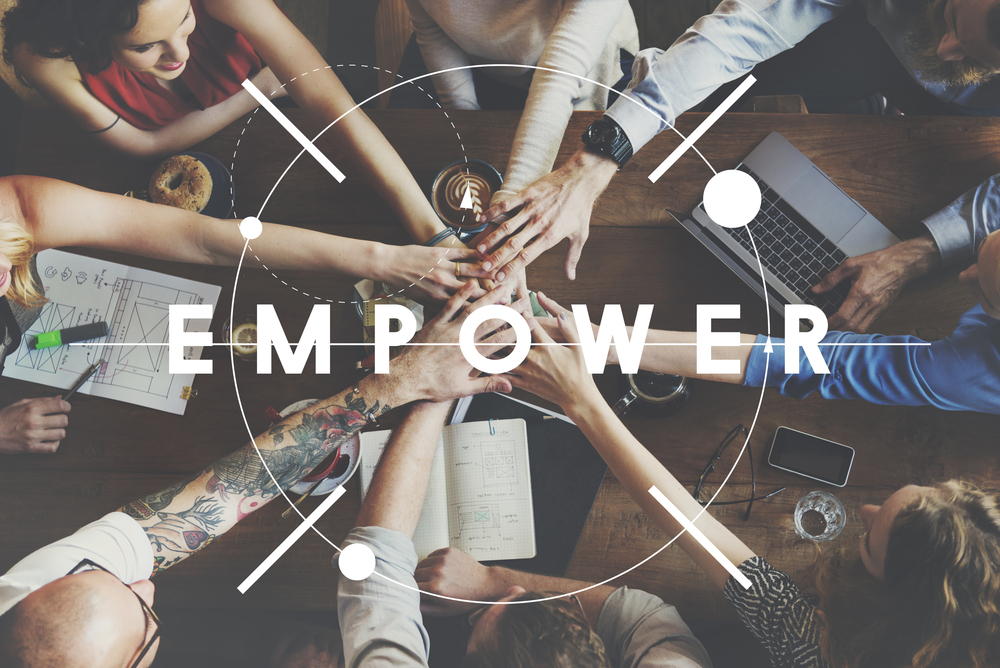Introduction:
In the pursuit of progress and transformation of mental health, collaborating with communities becomes a cornerstone for dismantling barriers that hinder growth and well-being. This article explores the transformative power of community collaboration in breaking down barriers, fostering inclusivity, and empowering individuals to overcome challenges collectively. From social barriers to economic disparities[1], the synergy of community collaboration serves as a catalyst for positive change, creating a more resilient and connected society.[2]
Understanding Barriers:
Identifying Social Barriers & Addressing Economic Disparities
Community collaboration involves a collective effort to identify and understand social barriers, such as discrimination[3], prejudice, and systemic inequalities. Collaborative initiatives aim to address economic barriers by creating opportunities[4] for financial education, employment, and entrepreneurship within communities.
The Power of Collaboration:
Shared Resources and Expertise & Building Trust and Relationships
Collaborating with diverse community stakeholders allows the pooling of resources, knowledge, and expertise, creating a comprehensive approach to overcoming barriers.[5]
Establishing trust is paramount in breaking down barriers. Community collaboration fosters authentic relationships, laying the foundation for sustainable change.
Examples of Successful Community Collaboration:
Educational Empowerment & Health and Well-being Initiatives
Collaborative efforts between schools[6], parents, and local organizations can break down educational barriers by providing resources, mentorship, and after-school programs.
Community health programs, supported by collaboration between healthcare providers, community leaders, and residents, can address healthcare barriers, promoting preventive care and accessibility.
Strategies for Effective Collaboration:
Inclusive Decision-Making & Cultural Sensitivity
Ensuring that decision-making processes are inclusive[7], and representative of the community’s diversity is crucial for addressing barriers effectively.
Collaborative initiatives should embrace cultural humility[8], respecting and valuing the diversity within communities to avoid reinforcing existing barriers.
Measuring Impact and Sustainability:
Assessment and Evaluation & Capacity Building
Regular assessment and evaluation of collaborative projects help measure their impact, providing insights into areas that need further attention.
Fostering community leadership[9] and building capacity ensures that the impact of collaborative efforts extends beyond immediate projects, creating a foundation for sustained empowerment.
Conclusion
Breaking down barriers is not a solitary endeavor but a shared responsibility that communities, working collaboratively, can address effectively. By embracing the power of collaboration, we create spaces where the strengths of each individual contribute to the collective effort of overcoming challenges. Together, communities can dismantle barriers, foster inclusivity, and pave the way for a future where every individual has the opportunity to thrive and contribute to the well-being of the whole.
[1] Knapp, Martin, and Gloria Wong. “Economics and mental health: the current scenario.” World Psychiatry 19.1 (2020): 3-14.
[2] Bloom, Lara, et al. “The power of patient‐led global collaboration.” American Journal of Medical Genetics Part C: Seminars in Medical Genetics. Vol. 187. No. 4. Hoboken, USA: John Wiley & Sons, Inc., 2021.
[3] Mendy, Ousu. “Discrimination as a Global Paradigm: United Kingdom and United States of America in Focus.” Lampung Journal of International Law 5.2 (2023): 73-86.
[4] Mongelli, Francesca, Penelope Georgakopoulos, and Michele T. Pato. “Challenges and opportunities to meet the mental health needs of underserved and disenfranchised populations in the United States.” Focus 18.1 (2020): 16-24.
[5] Castillo, Enrico G., et al. “Community interventions to promote mental health and social equity.” Current psychiatry reports 21 (2019): 1-14.
[6] Gueldner, Barbara A., Laura L. Feuerborn, and Kenneth W. Merrell. Social and emotional learning in the classroom: Promoting mental health and academic success. Guilford Publications, 2020.
[7] Bomhof-Roordink, Hanna, et al. “Key components of shared decision making models: a systematic review.” BMJ open 9.12 (2019): e031763.
[8] Chávez, Vivian. “Cultural humility and social inclusion.” Handbook of social inclusion: Research and practices in health and social sciences. Cham: Springer International Publishing, 2022. 129-144.
[9] Campos-Moreira, Linda D., et al. “Making a case for culturally humble leadership practices through a culturally responsive leadership framework.” Human Service Organizations: Management, Leadership & Governance 44.5 (2020): 407-414.

